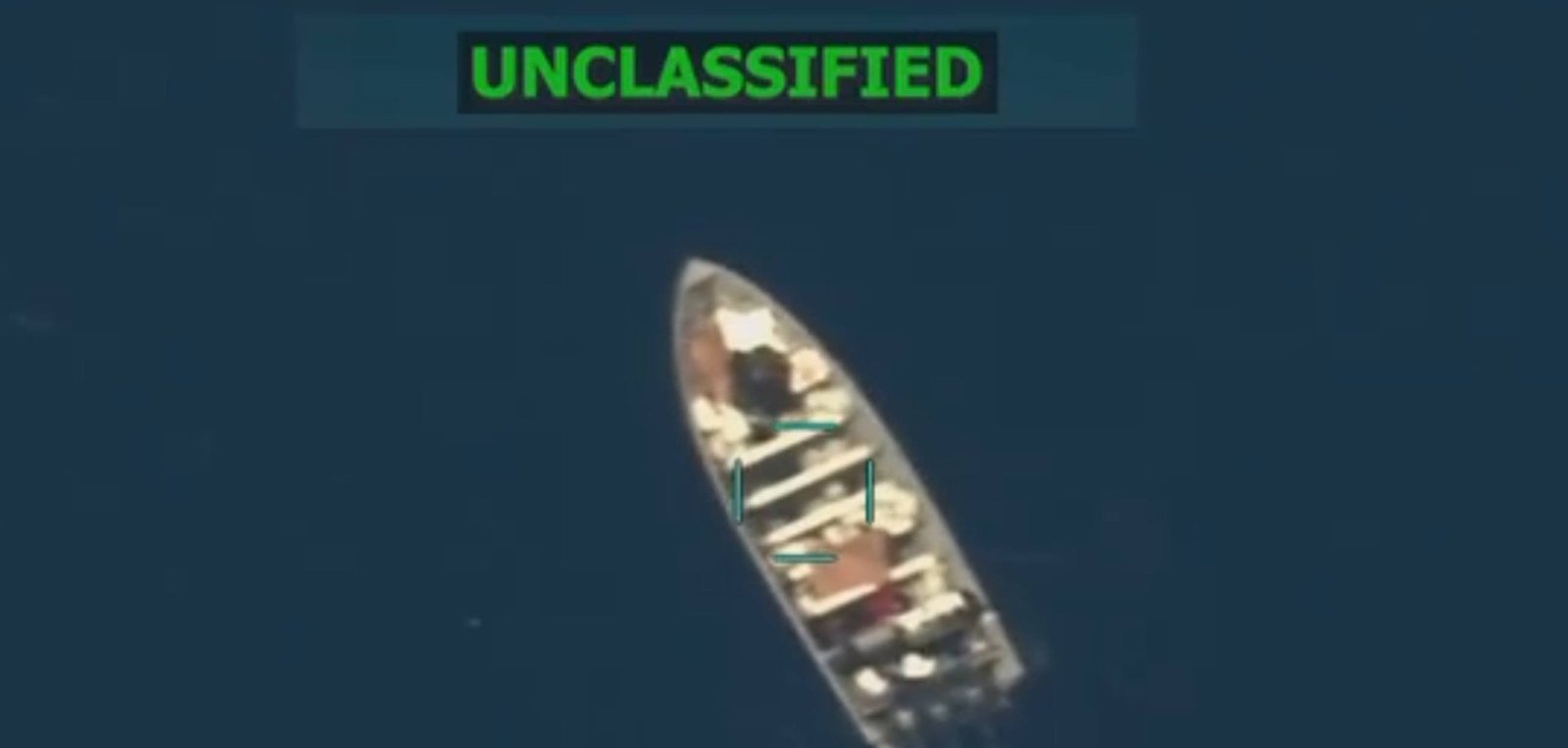The most recent vessel “was known by our intelligence to be involved in illicit narcotics smuggling, was transiting along a known narco-trafficking route, and carrying narcotics,” Hegseth asserted. He added that all four people killed were considered “narco-terrorists,” a term the Defense Department has used throughout the campaign. No information was released about the nationality of those on board or any potential survivors.
Operational authority and legal framework
Pentagon officials have tied the ongoing effort to presidential directives aimed at disrupting maritime drug networks that the administration links to designated terrorist entities. The Defense Department has not detailed the specific legal authorities underpinning the strikes, but past operations have typically relied on a combination of counter-narcotics statutes and counter-terrorism authorizations.
The United States maintains several standing task forces focused on maritime interdiction in the Pacific and Caribbean, including Joint Interagency Task Force South. Although most interdictions traditionally involve boarding actions, the current series of strikes indicates a shift toward preemptive use of force against boats the Pentagon deems hostile.
Pattern of activity
According to official summaries, strikes have occurred in both hemispheres of the Eastern Pacific and, on two occasions, in the Caribbean Sea. The Pentagon has not provided a public tally of vessels damaged or destroyed, citing operational security. However, statements indicate that every targeted craft has been rendered nonoperational, suggesting a strategy designed to deny traffickers the ability to recover and reuse their boats.
All strikes have been announced after the fact through Hegseth’s social-media account rather than via formal press briefings. Defense officials have likewise withheld the names of military units involved, though analysts note that U.S. Southern Command frequently deploys Navy and Air Force assets for counter-narcotics missions in the region.
Broader context
The U.S. interdiction effort comes amid persistent concerns about maritime drug trafficking routes that extend from South America to North American and Asian markets. The United Nations Office on Drugs and Crime reports that more than 90 percent of cocaine bound for the United States travels by sea at some point in its journey, underscoring the strategic importance of naval and air surveillance.

Imagem: Internet
Historically, U.S. forces have preferred capture and seizure operations, partly to gather intelligence and prosecute traffickers in federal courts. The lethal nature of the current campaign, combined with the designation of certain smuggling organizations as terrorist entities, indicates a policy decision to apply counter-terrorism tactics to narco-trafficking targets considered especially dangerous or well-armed.
Unanswered questions
Officials have not clarified how intelligence is vetted before authorizing an airstrike or whether any oversight mechanisms exist to review potential civilian presence on targeted vessels. Hegseth’s statements have repeatedly emphasized that each boat was under surveillance and confirmed to be carrying narcotics prior to engagement, but no supporting evidence has been released.
Additionally, the Pentagon has not disclosed whether it has recovered any of the narcotics allegedly aboard the destroyed boats, nor has it revealed plans to salvage wreckage for investigative purposes. In previous counter-drug interdictions, seized contraband is typically cataloged and transferred to U.S. law-enforcement agencies.
Next steps
With more than 60 deaths attributed to the strike series since September, the Pentagon faces mounting scrutiny from human-rights groups and regional governments. As of Wednesday night, no foreign ministry had publicly protested the latest action, and U.S. defense officials did not indicate any imminent pause in operations. Hegseth’s post concluded by stating that the Department of Defense “will act decisively whenever and wherever necessary” to disrupt maritime narcotics networks linked to designated terrorist organizations.
The Pentagon has not announced when it will release additional information about the Wednesday strike or future operations.
Crédito da imagem: Department of Defense (video still)



